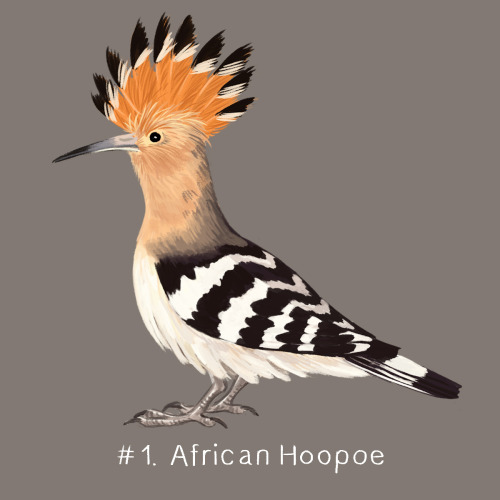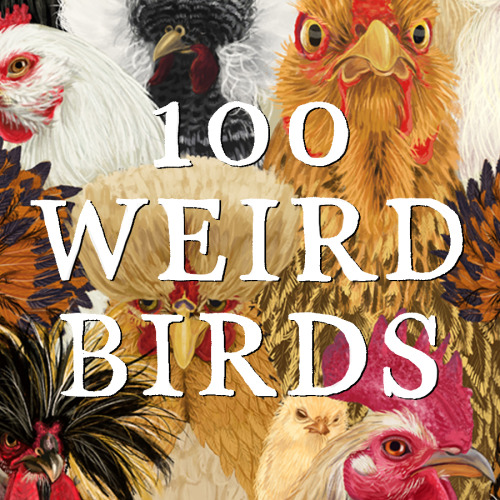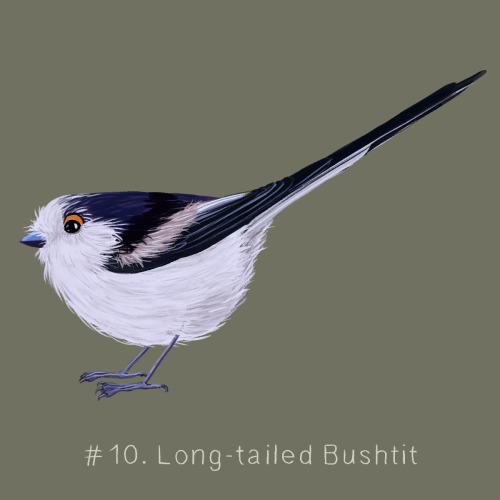#100weirdbirds
100 Weird Birds: Day 5
The Guianan cock-of-the-rock for day 5 of my 100 Weird Birds project. These vibrant birds live in the forested cliffs of northeastern South America. Their favorite food is papaya.
Post link
100 Weird Birds: Day 4
This disgruntled pink robin is for day 4 of my 100 weird birds. The pink robin is native to Southeastern Australia. It consumes spiders, caterpillars, and beetles.
Post link
100 Weird Birds: Day 3
The Inca Tern for day 3 of 100 Weird Birds! These coastal birds can be found along the cliffs of Chile and Peru. Both male and female birds grow dashing white mustaches.
Post link
100 Weird Birds: Day 2
For Day 2 of my 100 Weird Birds, I picked the Western Parotia. It is a bird-of-paradise found only in the mountains of Vogelkop Indonesia and the Wandammen Peninsula of Western New Guinea. In courtship displays, the male performs a ballerina-like dance while displaying his bright feathers on his chest.
Post link
100 Weird Birds: Day 1
My first weird bird of my 100 Weird Birds project is the African Hoopoe. The Hoopoe consumes small insects, frogs, and berries. It was considered a sacred animal in Ancient Egypt. It is the national bird of Israel.
Post link
100 Weird Birds
I’ve been wanting to start a 100 day project for awhile, and now I finally have some free time to do it. So here are 100 Weird Birds
Post link
100 Weird Birds: Day 16
The Hooded Warbler lives in eastern North America. They nest in low areas of bush in woodlands. Hooded Warblers are often the victim of brood parasitism by the brown-headed cowbird. This means that a cowbird will lay an egg in a warbler nest and the warbler will raise the chick as if it were its own.
Post link
100 Weird Birds: Day 15
Day 15: The Little Green Bee-eater for my 100 Weird Birds project. This bird is prone to seasonal movements and is widely distributed across Africa and Asia. Green Bee-eaters are not morning birds as they are somewhat sluggish and huddle in groups to block out sunlight from their faces.
Post link
100 Weird Birds: Day 10
The Long-tailed Bushtit for day 10 of my 100 Weird Birds project. The Long-tailed is a common bird found in Europe and Asia and can live in a variety of climates. When building nests, a bird with a failed or broken nest will move in with another couple and become their “helper” when raising chicks.
Post link
100 Weird Birds: Day 7
Livingstone’s Turaco for day 7 of my 100 Weird Birds project. These birds live in the subtropical lowlands of South Africa. They are considered a status symbol of royalty all over Africa. They are semi-zygodactylous meaning that they can switch their 4th toe back and forth.
Post link










